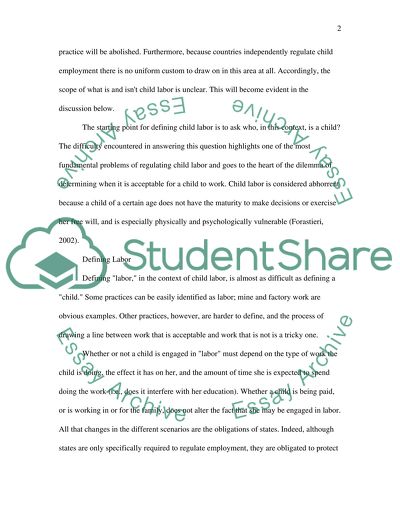Cite this document
(Child Labour and Nikes Views on it Report Example | Topics and Well Written Essays - 4500 words, n.d.)
Child Labour and Nikes Views on it Report Example | Topics and Well Written Essays - 4500 words. https://studentshare.org/social-science/1525032-child-labour-and-nikes-views-on-it
Child Labour and Nikes Views on it Report Example | Topics and Well Written Essays - 4500 words. https://studentshare.org/social-science/1525032-child-labour-and-nikes-views-on-it
(Child Labour and Nikes Views on It Report Example | Topics and Well Written Essays - 4500 Words)
Child Labour and Nikes Views on It Report Example | Topics and Well Written Essays - 4500 Words. https://studentshare.org/social-science/1525032-child-labour-and-nikes-views-on-it.
Child Labour and Nikes Views on It Report Example | Topics and Well Written Essays - 4500 Words. https://studentshare.org/social-science/1525032-child-labour-and-nikes-views-on-it.
“Child Labour and Nikes Views on It Report Example | Topics and Well Written Essays - 4500 Words”. https://studentshare.org/social-science/1525032-child-labour-and-nikes-views-on-it.


